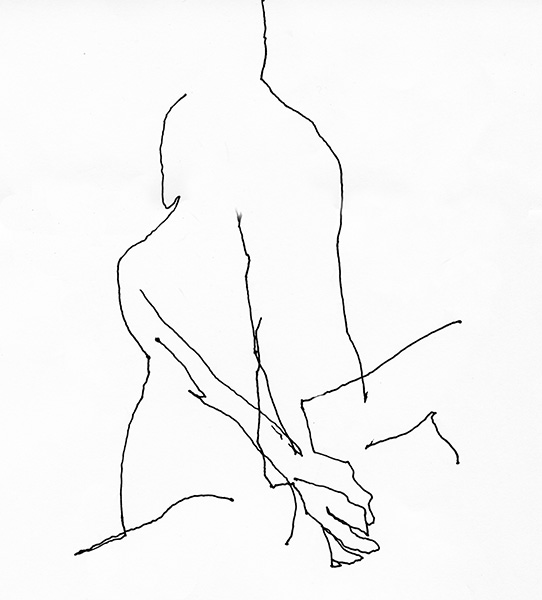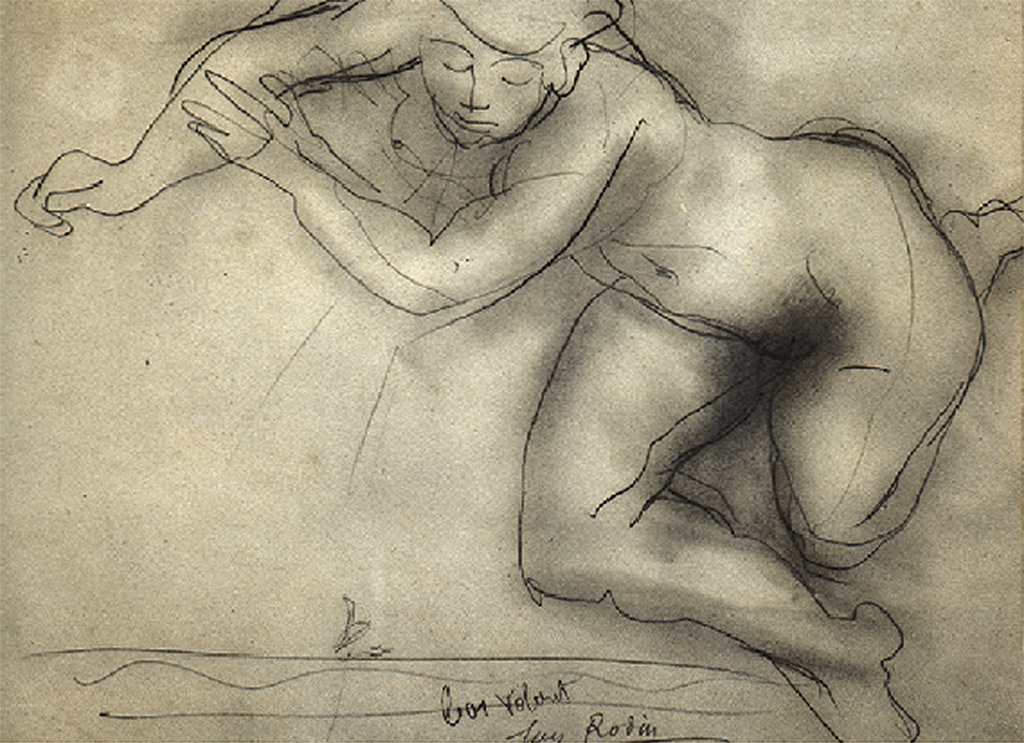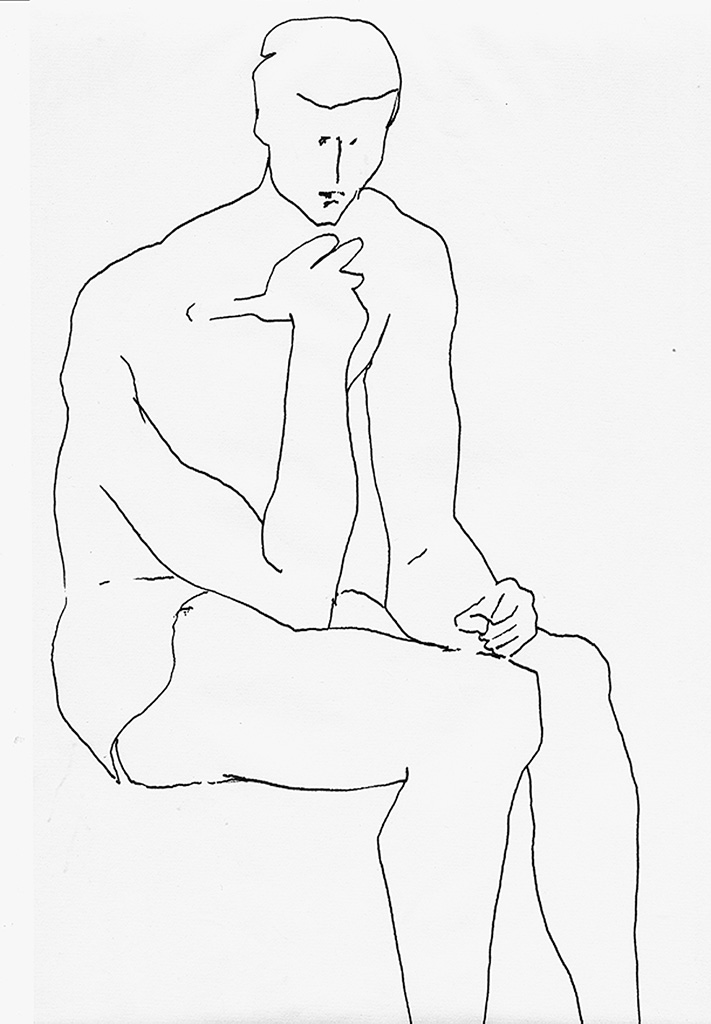CLAM explained
CLAM is an acronym for “continuously looking at the model“. It describes a teaching method, suggested by Kimon Nicolaїdes and popularised by Betty Edwards. However, these authors describe it as “contour drawing”.
Since 1941, when Nicolaїdes‘ book “The Natural Way to Draw” was published posthumously and started its life as the most influential book on drawing published in the twentieth century, his method has proved its value as a powerful teaching tool. However, in addition to its well established advantages, the way Nicolaїdes‘ and Edwards taught it has significant disadvantages. Chapter 6 in my book “Drawing on Both Sides of the Brain” explains both the strengths and the limitations of the method.
CHAPTER 6 – CONTOUR DRAWING
Three example of drawings using CLAM



Other Posts that publish chapters from “Drawing on Both Sides of the Brain”.
- An inspirational 19th century teacher and his widespread influence on Modernism in drawing and painting
- Chapter 1: Accuracy versus expression
- Chapter 2: Traditional artistic practices
- Chapter 3: Modernist ideas that fed into new teaching methods
- Chapter 4: the sketch and explaining the feel-system.
- Chapter 5: Negative spaces
- Chapter 7: Copying Photographs
- Chapter 8: Fast drawing, learning and expression
Other drawing related Posts
Full list of Posts in all categories
You have delved deeply into the advantages and disadvantages of drawings made while continuously looking at the model. It is rare to find such thorough information about this interesting tool, even though it is used so heavily in many drawing classes. This post definitely makes me more aware of how to use CLAM to my advantage.
It took me some time to get through the entire chapter because I have been really busy lately, but I am so glad I finally made it! Very very interesting once again, Francis!
I have tried this over the years. It works the brain as well as the hand.
je pratique cette méthode avec profit, merci
Today, prior to reading this chapter, I made a few CLAM drawings out of curiosity. Reading this chapter and then thinking about the exercise in relationship to the benchmark drawing, and also imagining the same view as part of a tracing exercise (which I didn’t do, but pondered) provided me with productive thought. One of the things I thought about was how differently and positively it felt to move my pencil continuously, rather than in little, hesitant short jabs. So, for this, and other reasons, I read your chapter with renewed interest.
I have never read such a thorough and useful article about this exercise. It helps me to know when it can be most useful and when it loses its efficacy. Also, helpful to be reminded about the need for feedback in order to learn and develop skills, and how we can seek feedback on our own. Thank you!